Nothing will ever scare the beJesus out of me more than the Muslim call to prayer at four-thirty in the morning. It’s a haunting, seemingly never-ending chant that conjures thoughts of a medieval torture chamber.
We’re currently in the town of Ranthepao in Tana Toraja, located in south Sualwesi. It took us 20 hours, with a one night stopover to get here from the Togian Islands, but we’d soon realize it was well worth the two cars and one boat journey.
A full 60 percent of the people in Tana Toraja are Protestant; 20 percent are Catholic; and 20 percent are Muslim. It is forbidden by law to not have a religion in Indonesia. Foreigners come to Tana Toraja from far and wide to watch funerals; see what is done with the remains; witness the slaughter of animals; and take photos of the magnificent homes of the living ones. Less ghoulish travellers look to get invited to wedding ceremonies.
I’m going to do each of the reasons to be here point-by-point as it’s rather complicated:
- As a Torajan the wealthier you are, the better off it’ll be for you in the hereafter. And the best way to ensure a good afterlife is by collecting water buffalos to take with you to Heaven when you die. The blacker the buffalo the more valuable it is. However, the most valued buffalo of all, the blue-eyed albino, can fetch a price of 1Billion rupiah, just under $70,000US.
- The funeral is a four day affair and Torajans come from far and wide to pay their condolences. If the family of the deceased is short of cash, they take the embalmed body home with them, where it can be kept right there in the living-room, for sometimes up to two years until they have enough money for a proper funeral. During that time the body will often start to cast an odour, so embalming specialists will be sent to the homes of these people to provide boosters and give skin treatments to the dead. If you are one of the wealthy families you don’t have to go through any of this. And that is where the water buffalos come in. On day three—I think it is—of the funerary rites, the dead owner’s water buffalos are paraded in to be slaughtered in sacrifice. This particular ritual, where civilized Westerners can be spattered with blood, is by far the most popular attraction. Elenka and I took a pass.
- There are, I believe, five ways dealing with the remains of the dead, if you’ve got the money up-front. Unfortunately, I can remember just three of these ways. For the lowest level, you, along with other dead family members are placed in a casket which is rested upon wooden beams that have been drilled into mountain-sides or on walls inside caves. The next level is varying sized crypts bored into the side of that same mountain exterior. Again, size determines the number of family members that can be accommodated. The very rich get mausoleums. Please do study the photos which give further information.
- On the day of a baby’s death, provided he or she is not yet teething, the body is taken to the forrest where a hole is bored into a massive soft-wood tree that produces sap. The corpse is placed in the cavity, then covered with palm fibre. By the time the palm fibre wilts away, the sap and fast growing tree have sealed the coffin.
- Last but not least, Elenka and I were invited to a wedding ceremony where we were the only foreigners amongst the perhaps 300 guests. While we may have been photographed more often than the bride and groom, we were the only two, aside from the parents, who had our photo taken with the newlyweds—all others had to present themselves on the stage in single file. Do take a good look at the expressions on the faces of the bride and groom.
Torajan history goes back to 3,000BC, and while they are now mostly Christian, they’ve managed to maintain their ancient ways. And Christianity has in fact embraced and melded with them. Just months ago, a Catholic priest, I guess with money, was interred on the mountain alongside his flock members.
A lot of this might feel creepy, but I’ve never met people who are closer to one another than the Torajans. Each and every one we met had a smile on his or her face. Elenka and I walked away from it feeling spiritually uplifted. That said, our guide told us at the end of the tour that many people keep dogs on their property for security. I smiled at how much we were alike and told him that Canadians do that too. He responded, saying, “When dog get too old, we eat.”
What would life be, without contradictions.

 Rantepao, South Sulawesi, Indonesia
Rantepao, South Sulawesi, Indonesia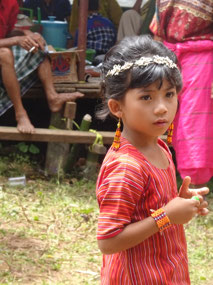
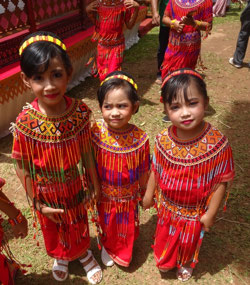
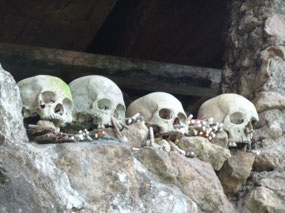








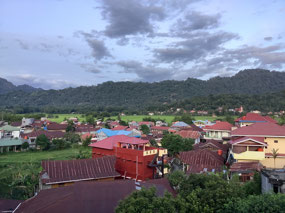
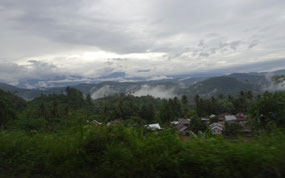
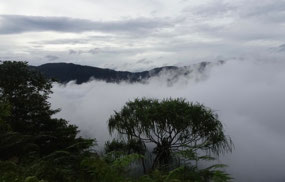
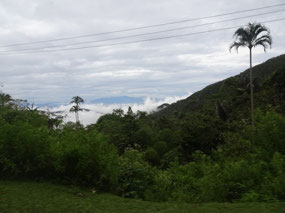
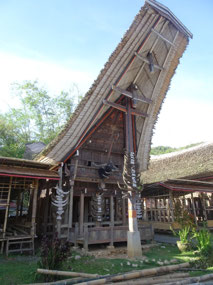
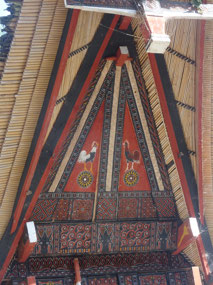
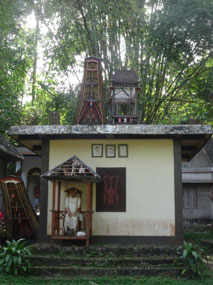


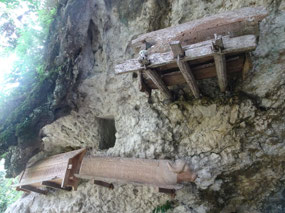
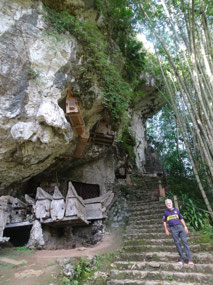
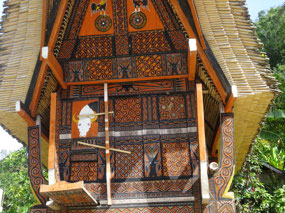
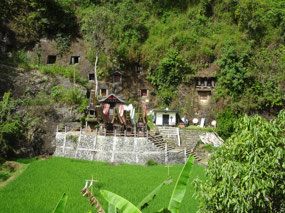
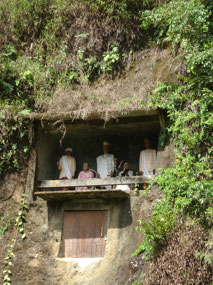
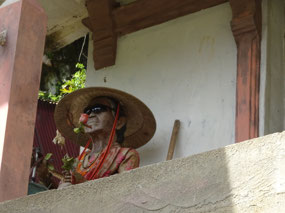
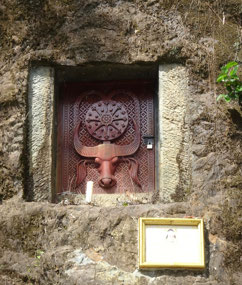
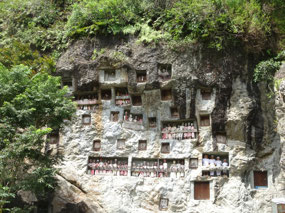
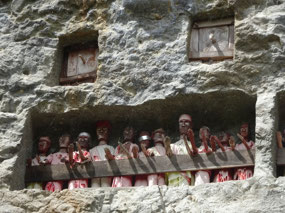
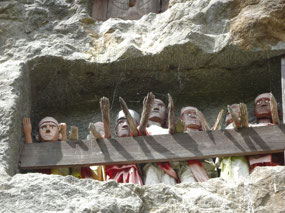
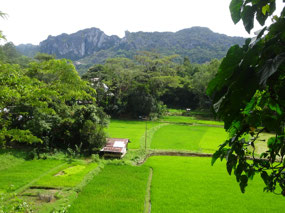
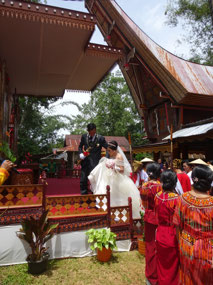
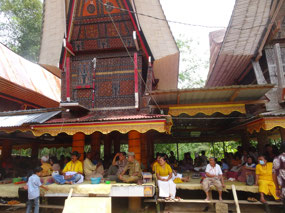
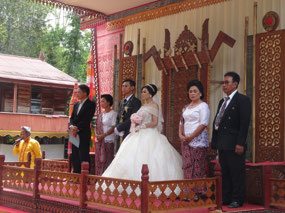
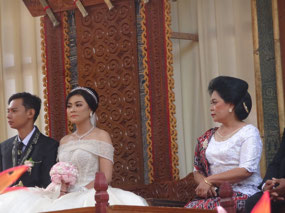
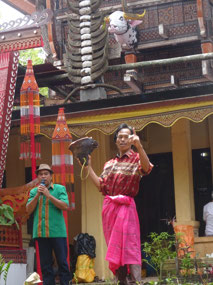
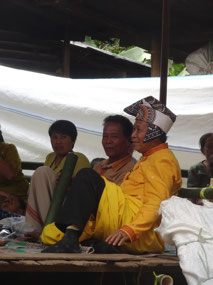
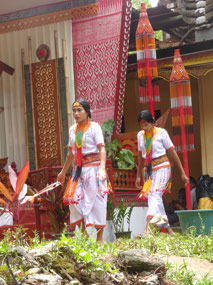
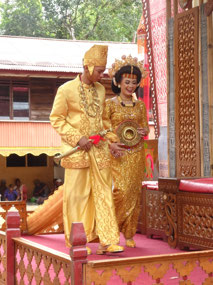
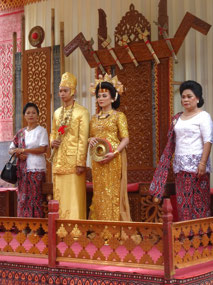
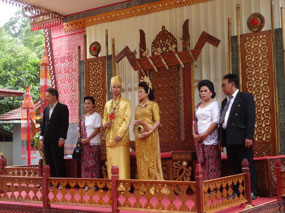
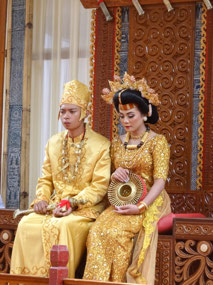
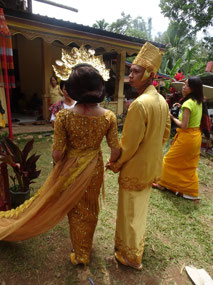
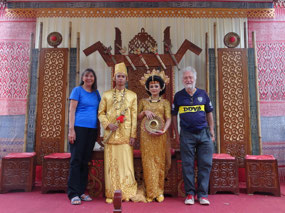
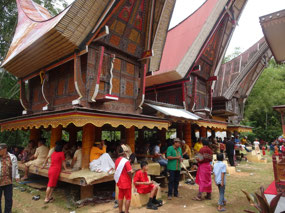
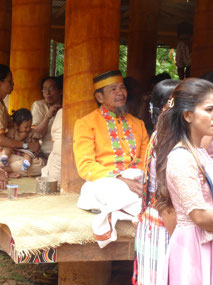


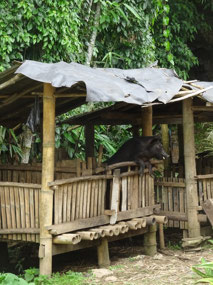
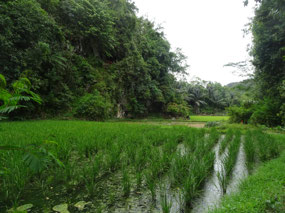
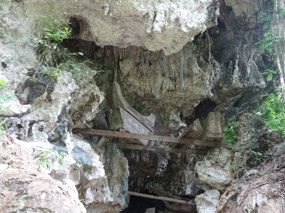
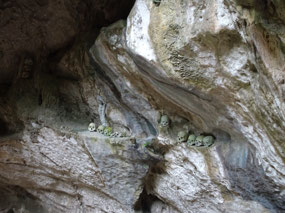
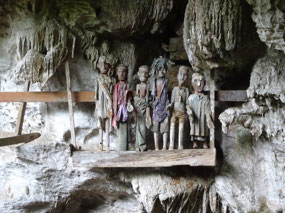
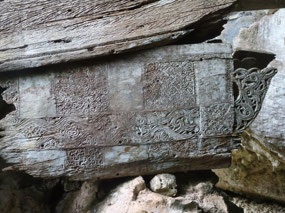
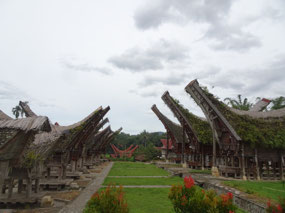
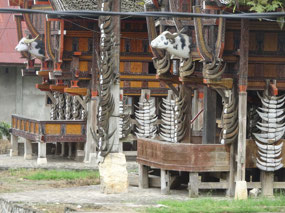
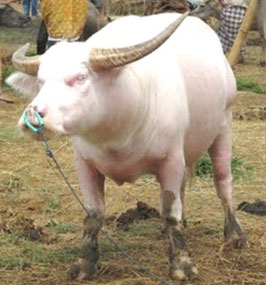
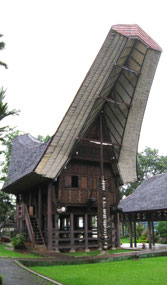
Magnus
2023-02-15
Great photos Jack. I remember going to a wedding and funeral there. The price of admission was a pack of cigarettes to the couple's parents. One of the burial trees I saw was more dead babies than tree. Have fun.
jenn
2023-02-15
Thanks for fascinating series of photos and commentary. Tongonans must have vivid visual imaginations with such depth of cultural sophistication.
dpbaril
2023-02-15
Stunning photos and fascinating commentary on a most unusual locale.
Cate
2023-02-18
Again great photo taking Ellen! Fascinating cultural information……..
Renate
2023-02-18
Unbelievable photos from the graves. Which a great trip.
Jack
2023-02-19
Yes Cate, the culture is fascinating. At one point our guide told us that many people keep dogs on their property for security. I told him that Canadians do that too. He responded, saying, “When dog get too old, we eat.”
Margo
2023-03-05
Very interesting Jack. Thanks for sharing.
ToTo
2023-11-30
WoW What an adventure Jack The pictures were nice You could have dress nicer, at least a T shirt without a logo